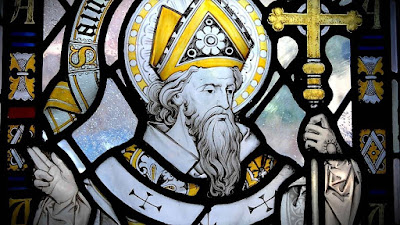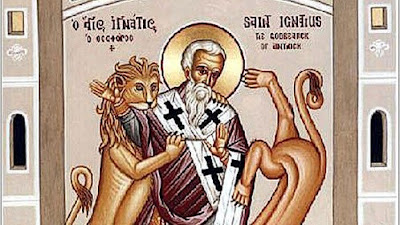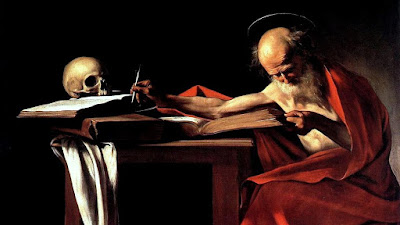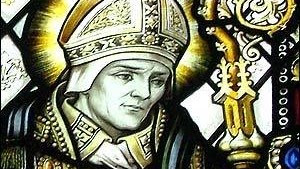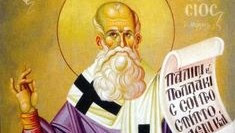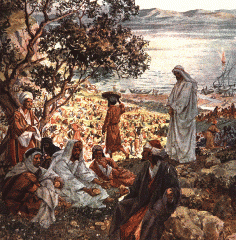Saints Basil the Great and Gregory Nazianzen, Bishops and Doctors of the Church

On January 2nd the Church celebrates the memorial of Saint Basil the Great and Saint Gregory Nazianzen, bishops and doctors. Both men were from Cappadocia (central turkey) and followed the monastic way of life for some years. Together with Saint Gregory of Nyssa, they are known as the Cappadocian Fathers and venerated widely for their contributions in both the Eastern and Latin Churches. _________________________________________________ The old saying goes that “the apple doesn’t fall far from the tree.” If ever there were a saint who proved that proverb to be true, it was St. Basil the Great. His grandmother, Macrina, was a saint who suffered persecution under the Romans, and of his nine brothers and sister, two of them, Gregory of Nyssa and Macrina (the younger), also became saints. Another brother, Peter, became a bishop. No doubt this combined influence also caused him, as a youth, to take an abiding interest in the poor by organizing famine relief and working in a soup ki
